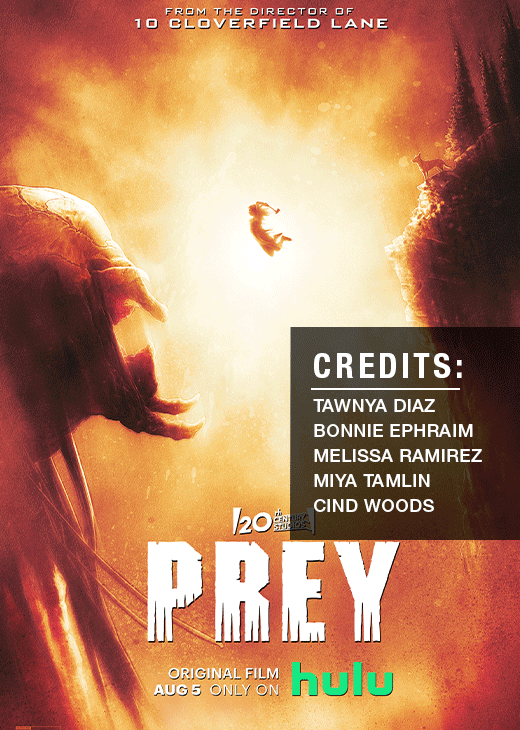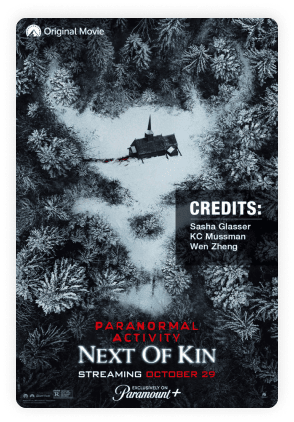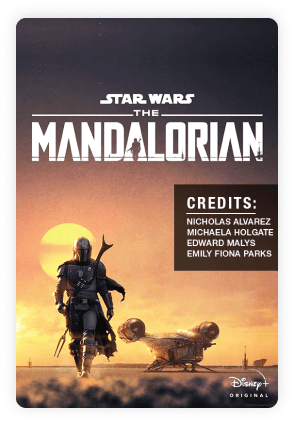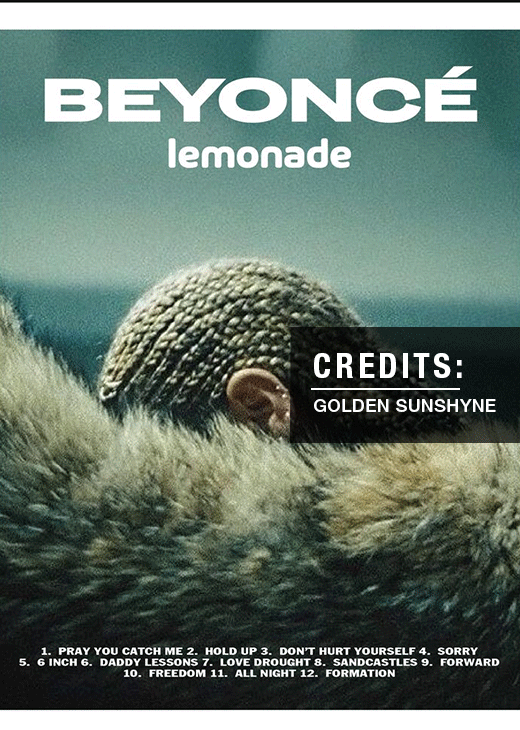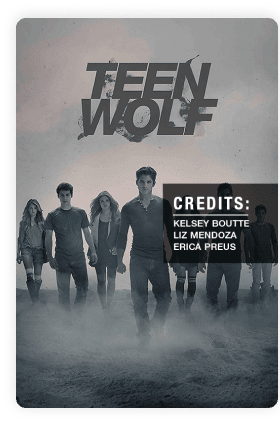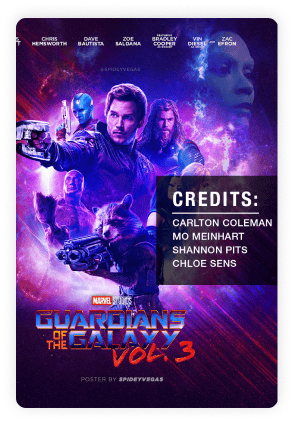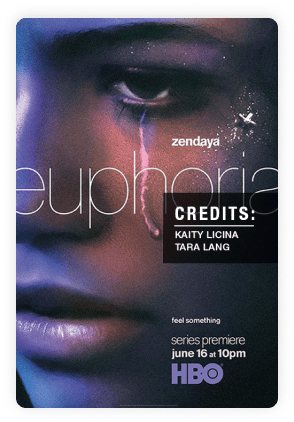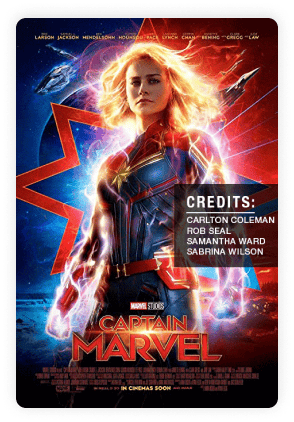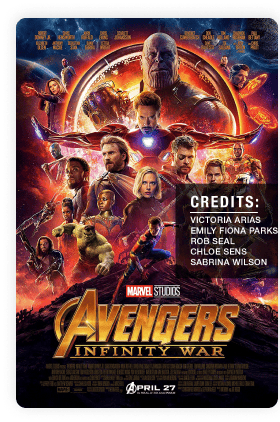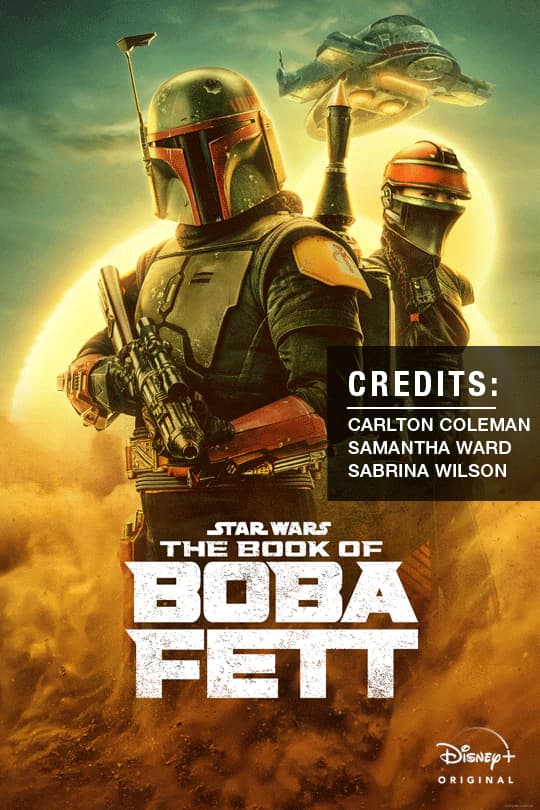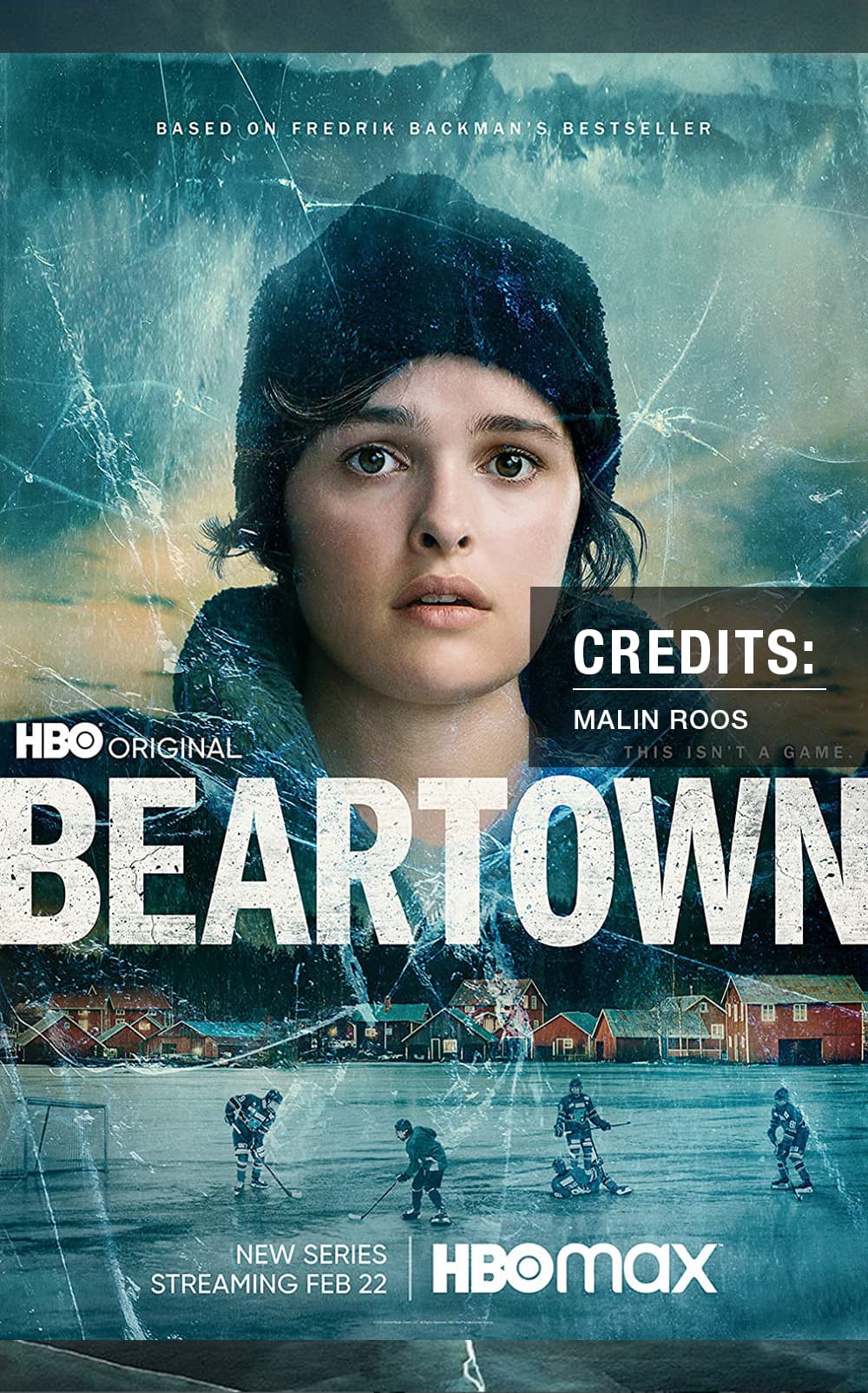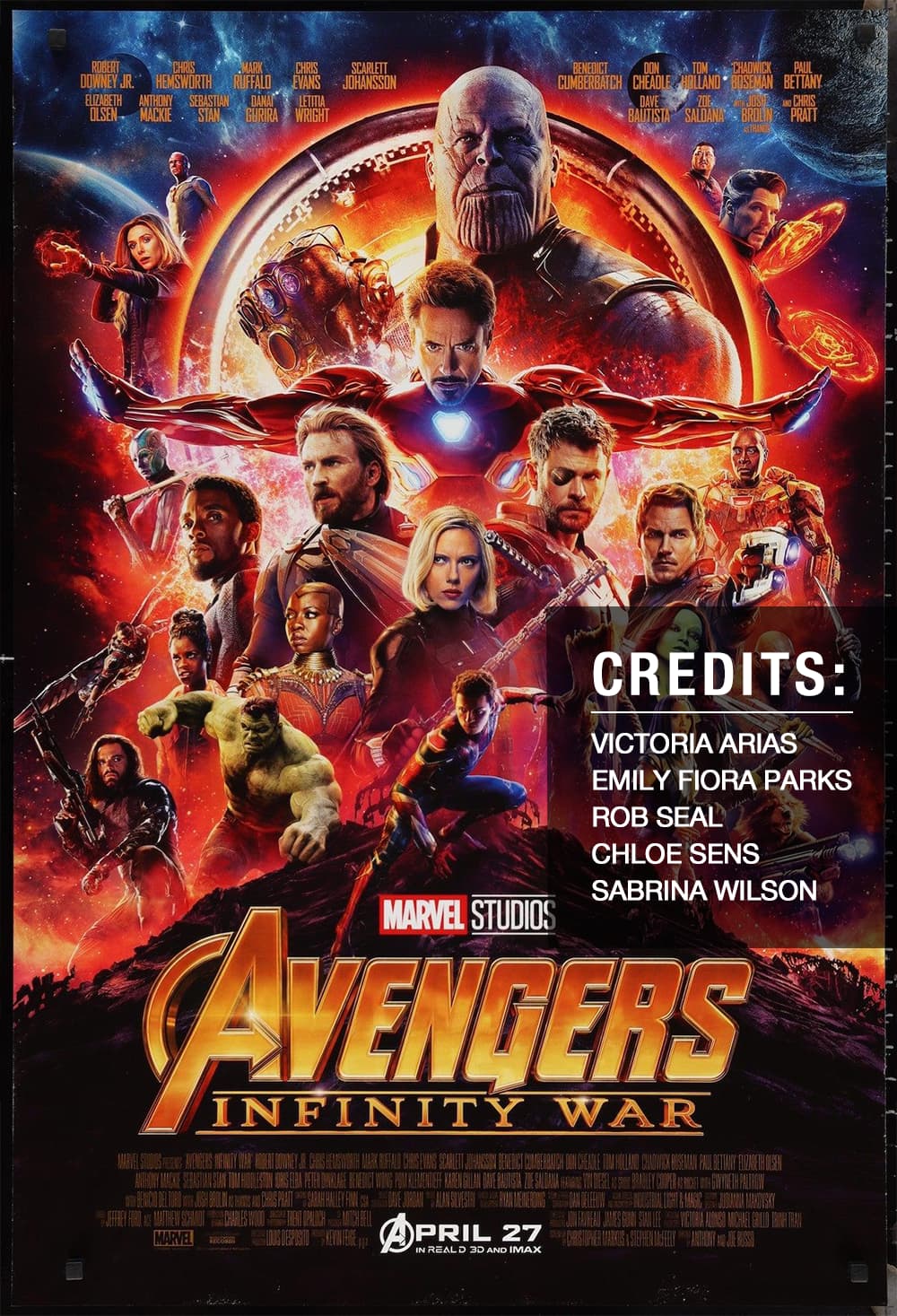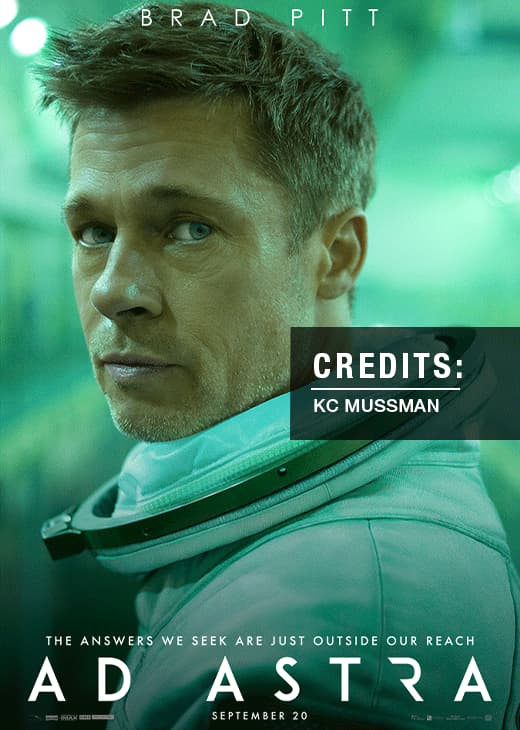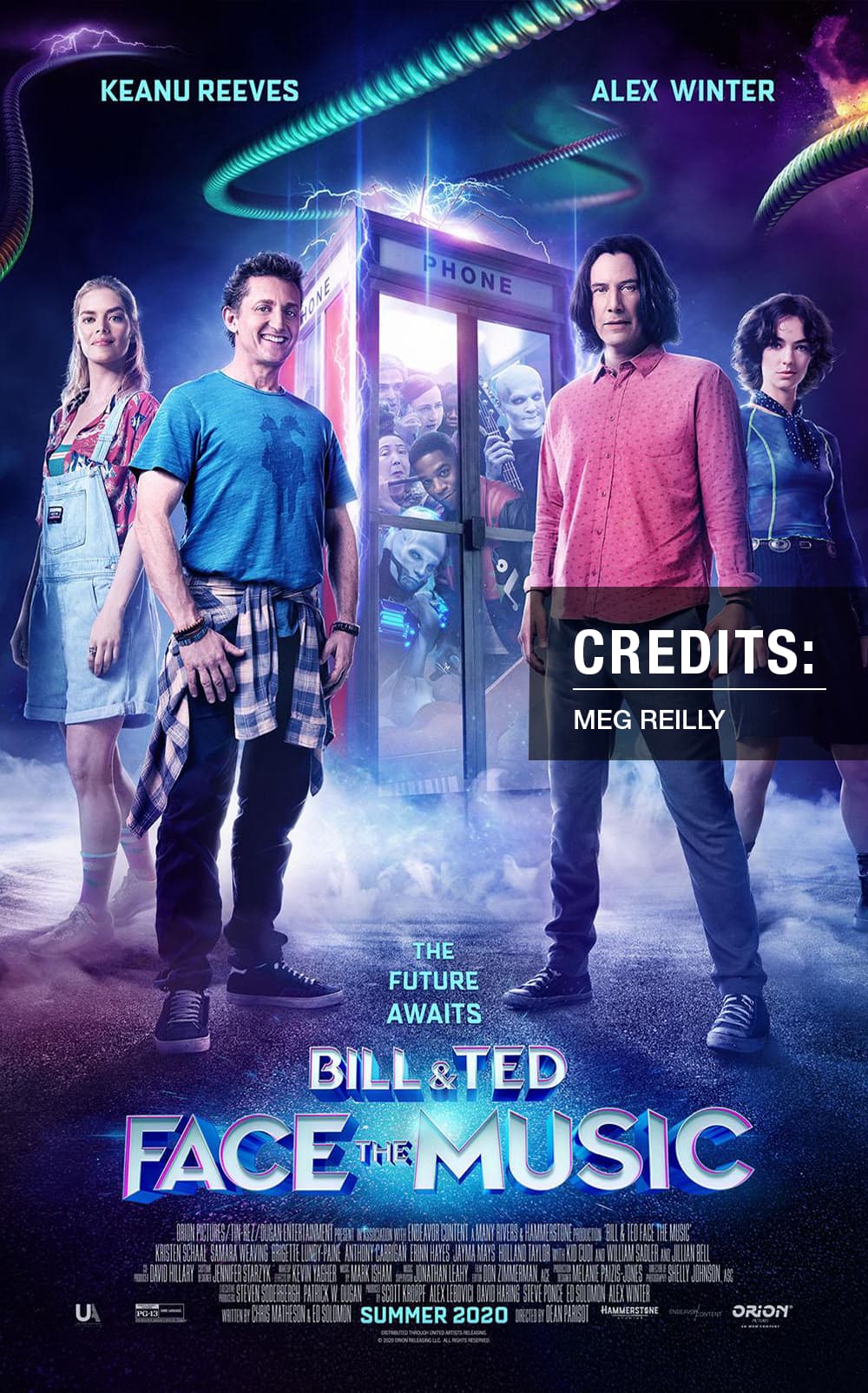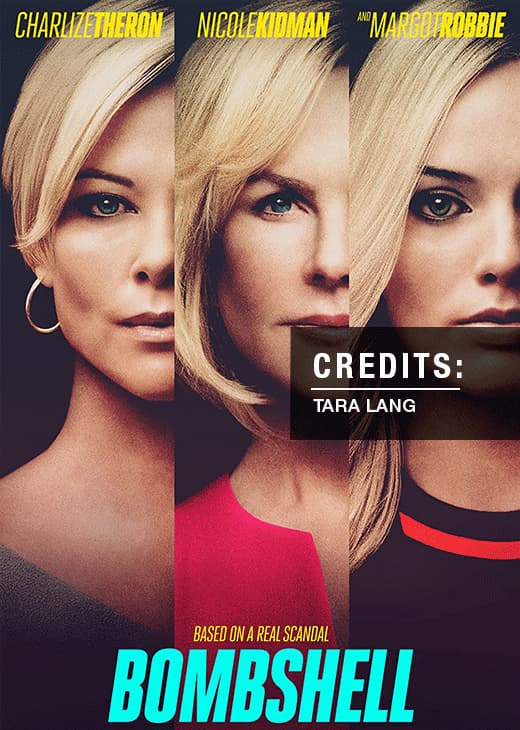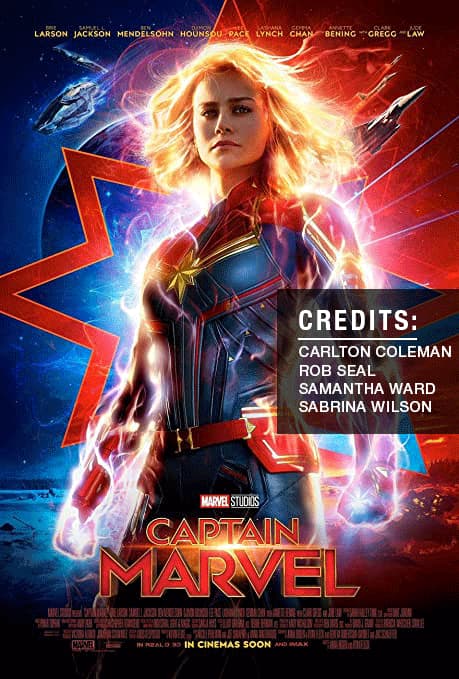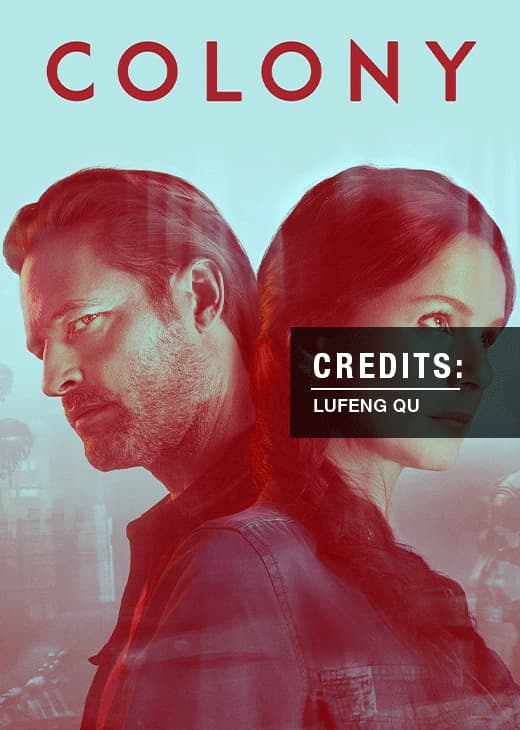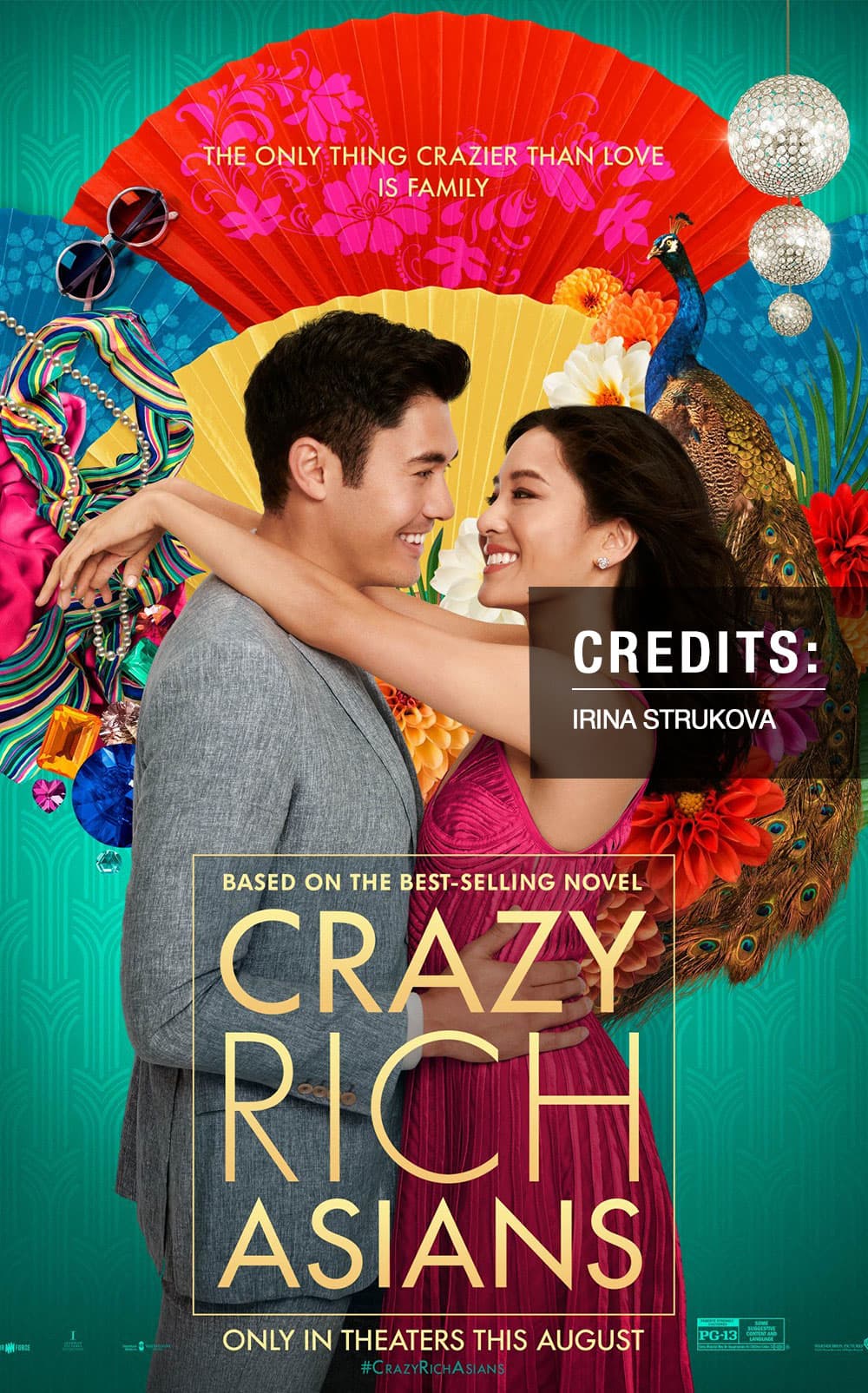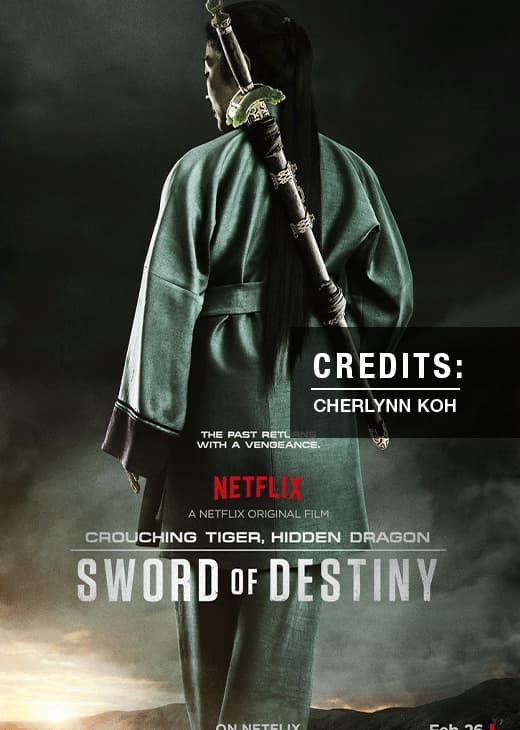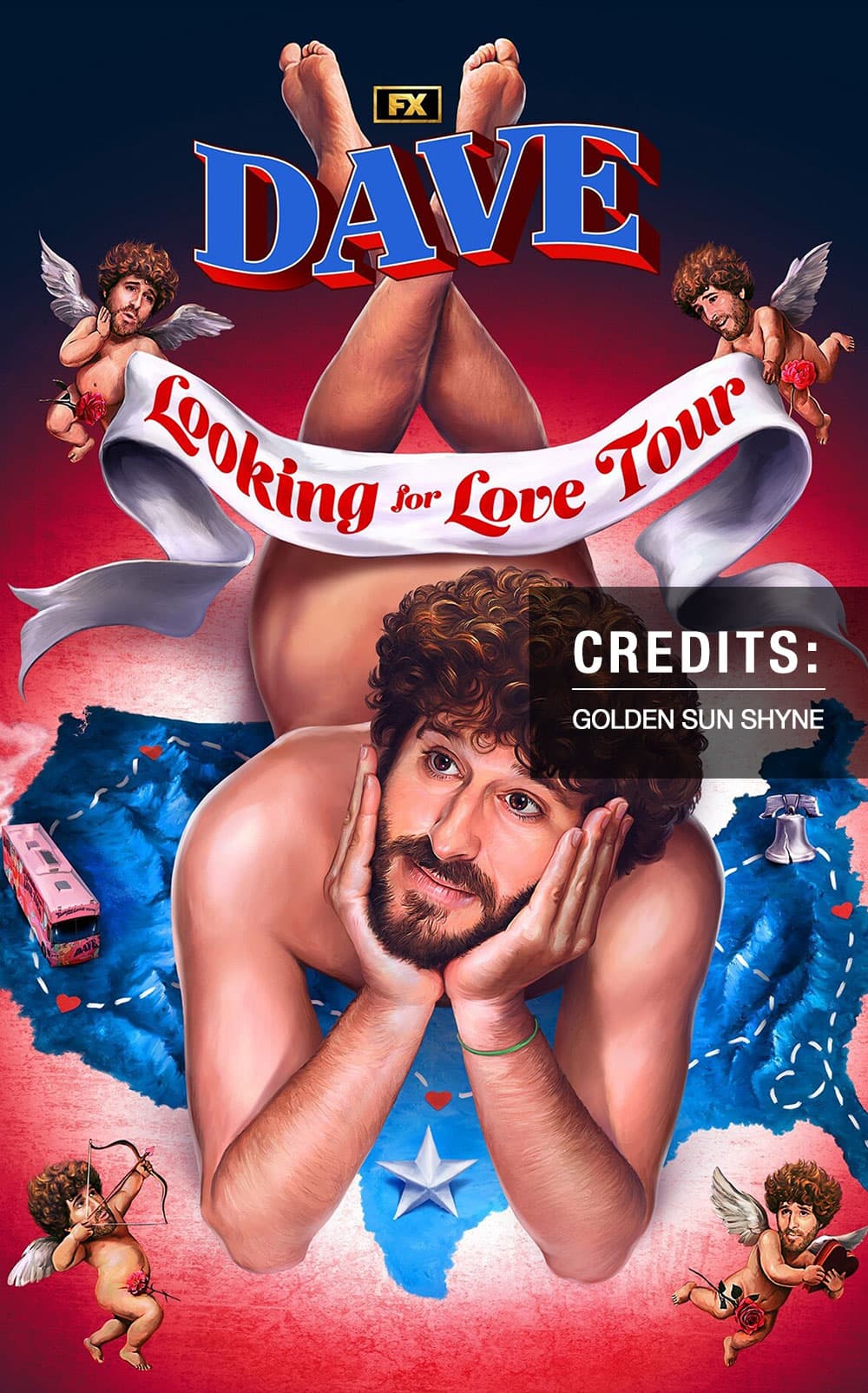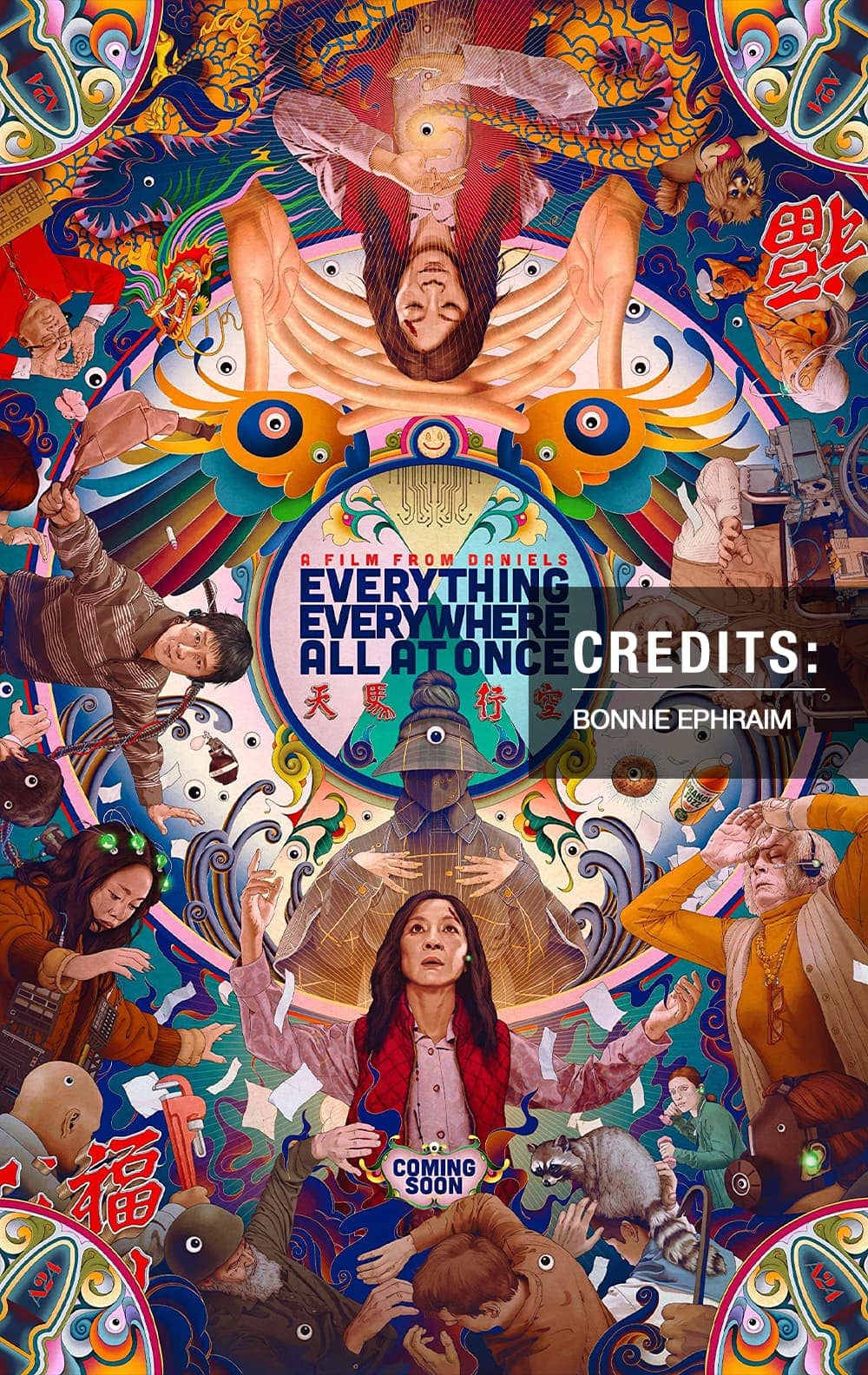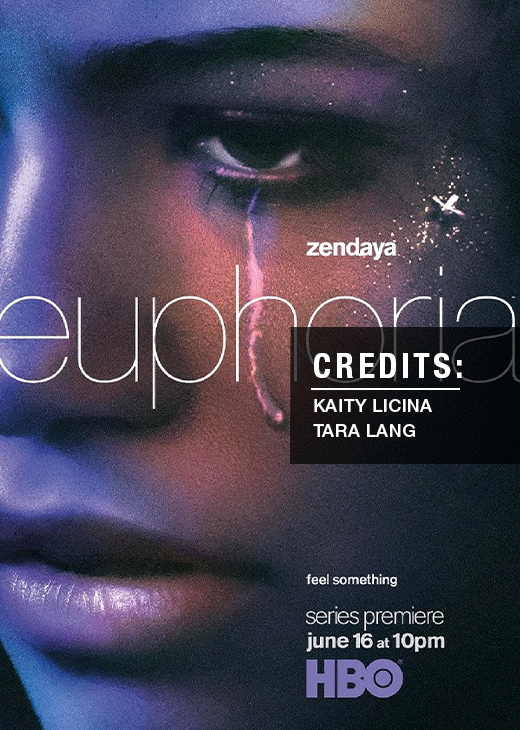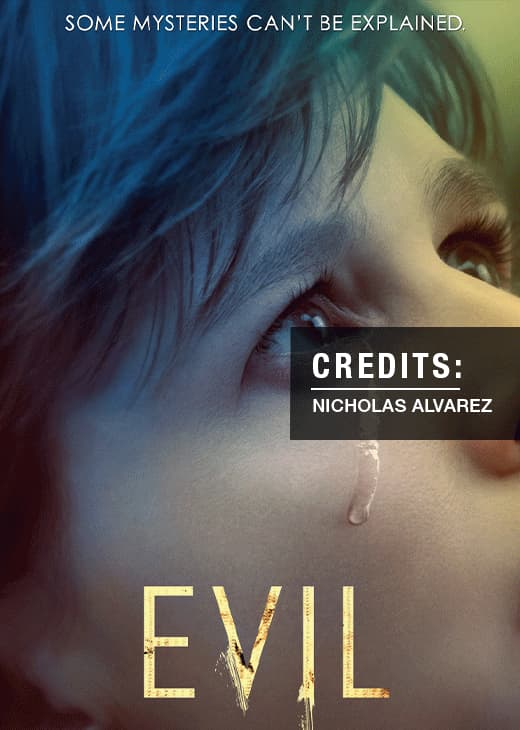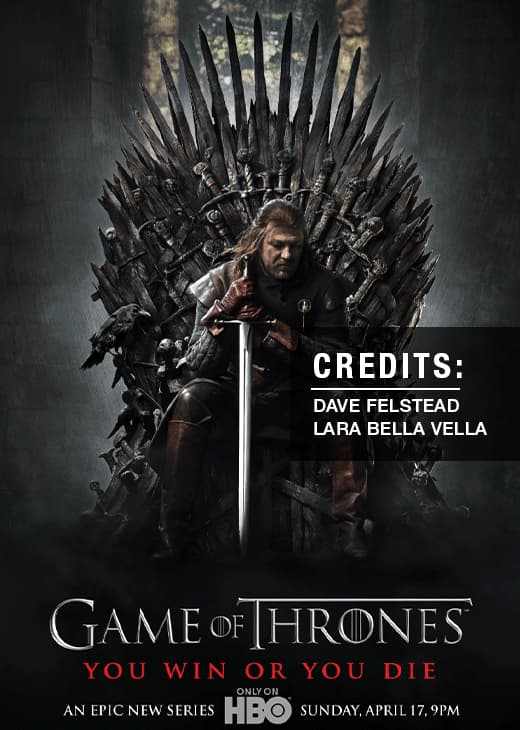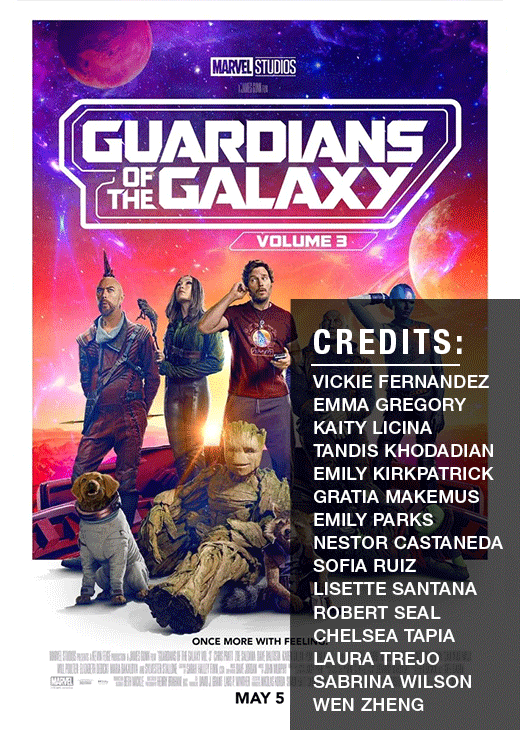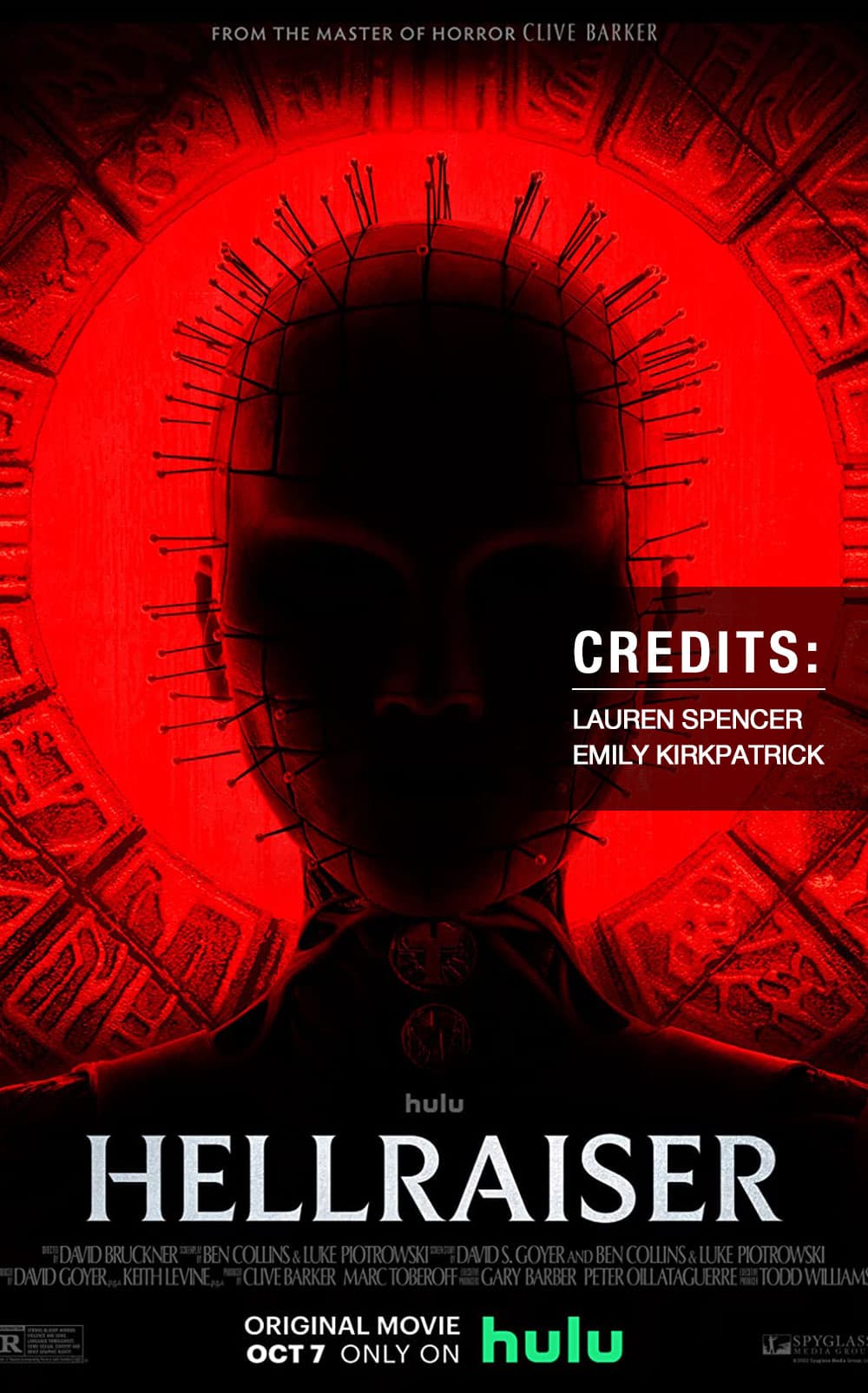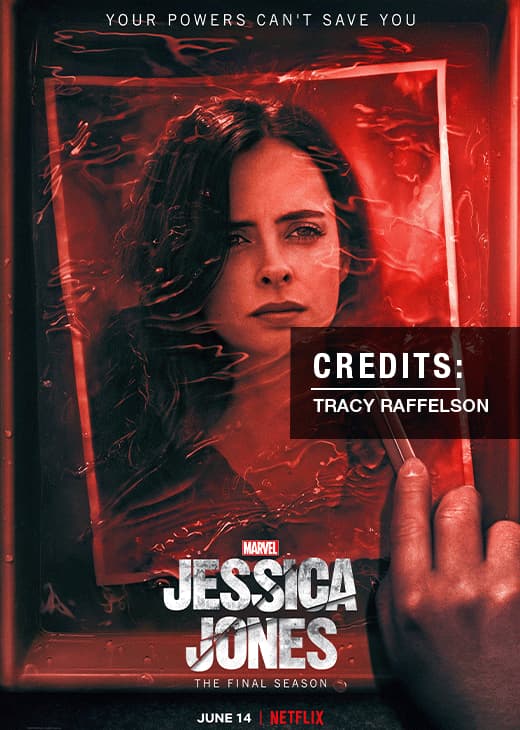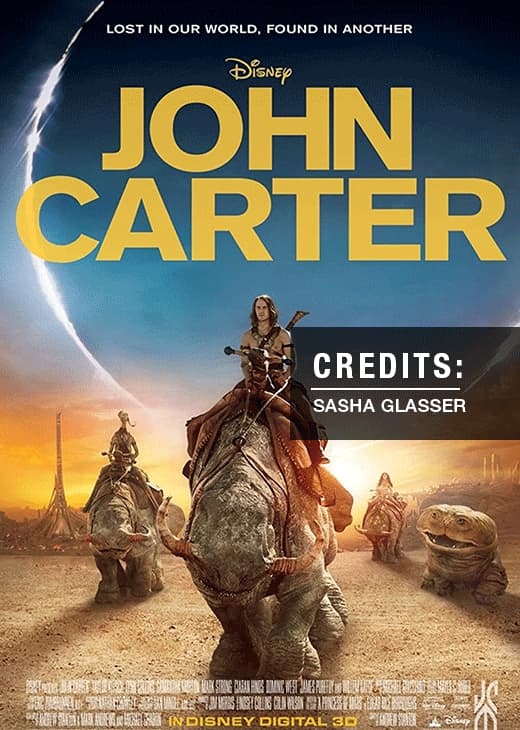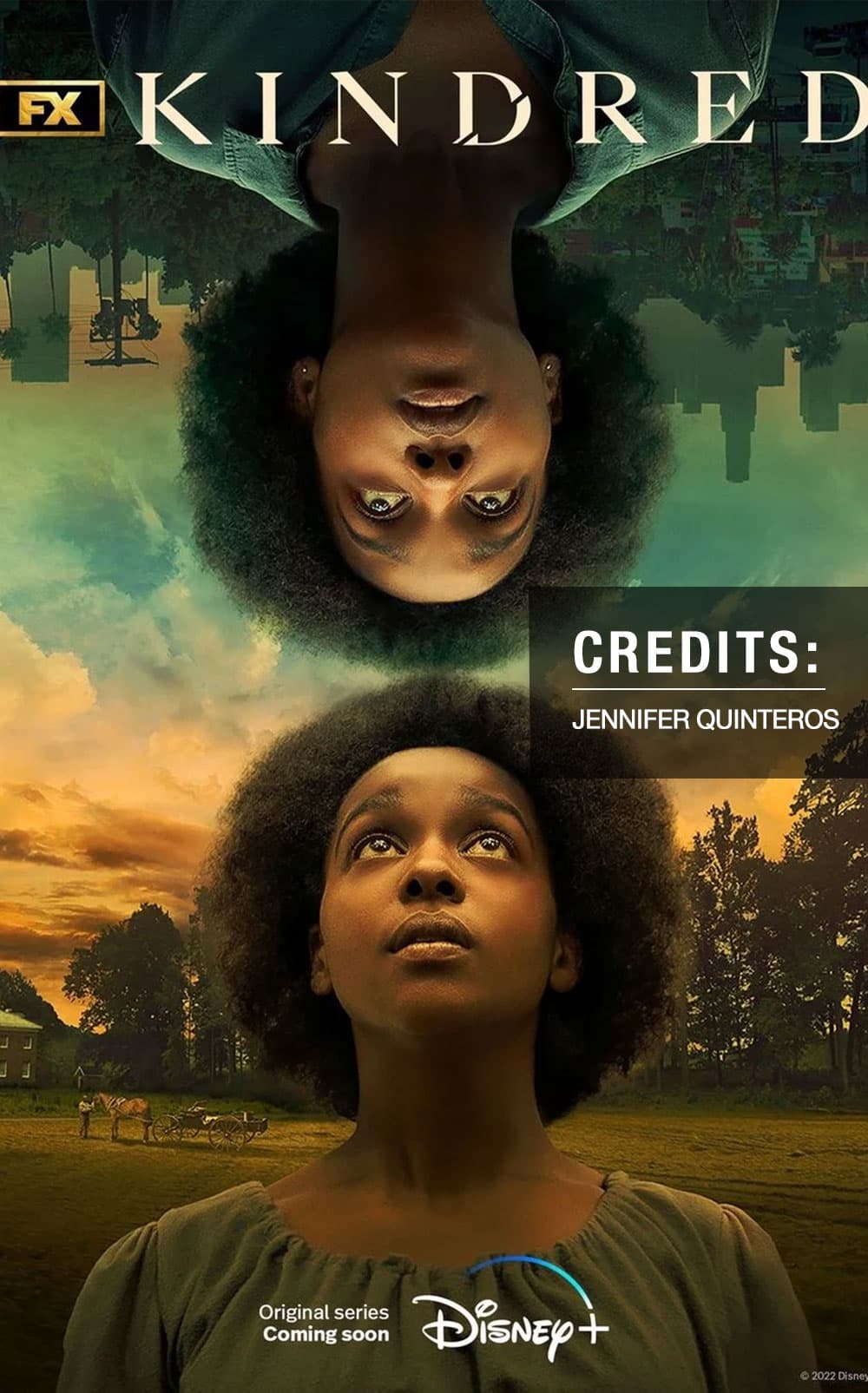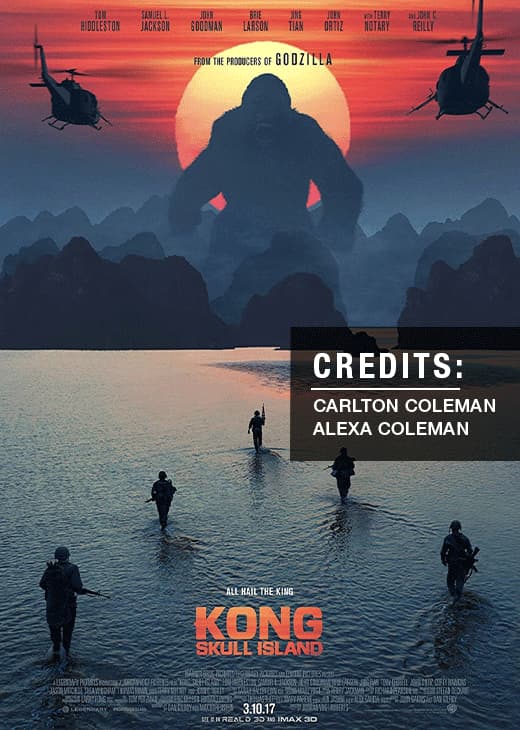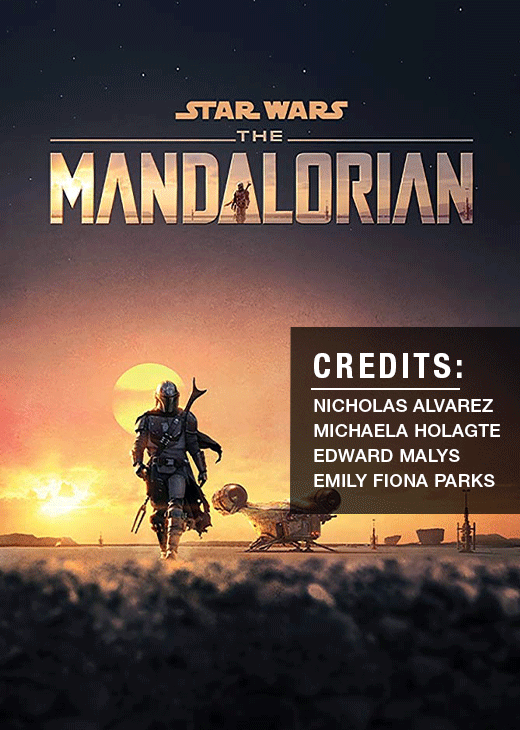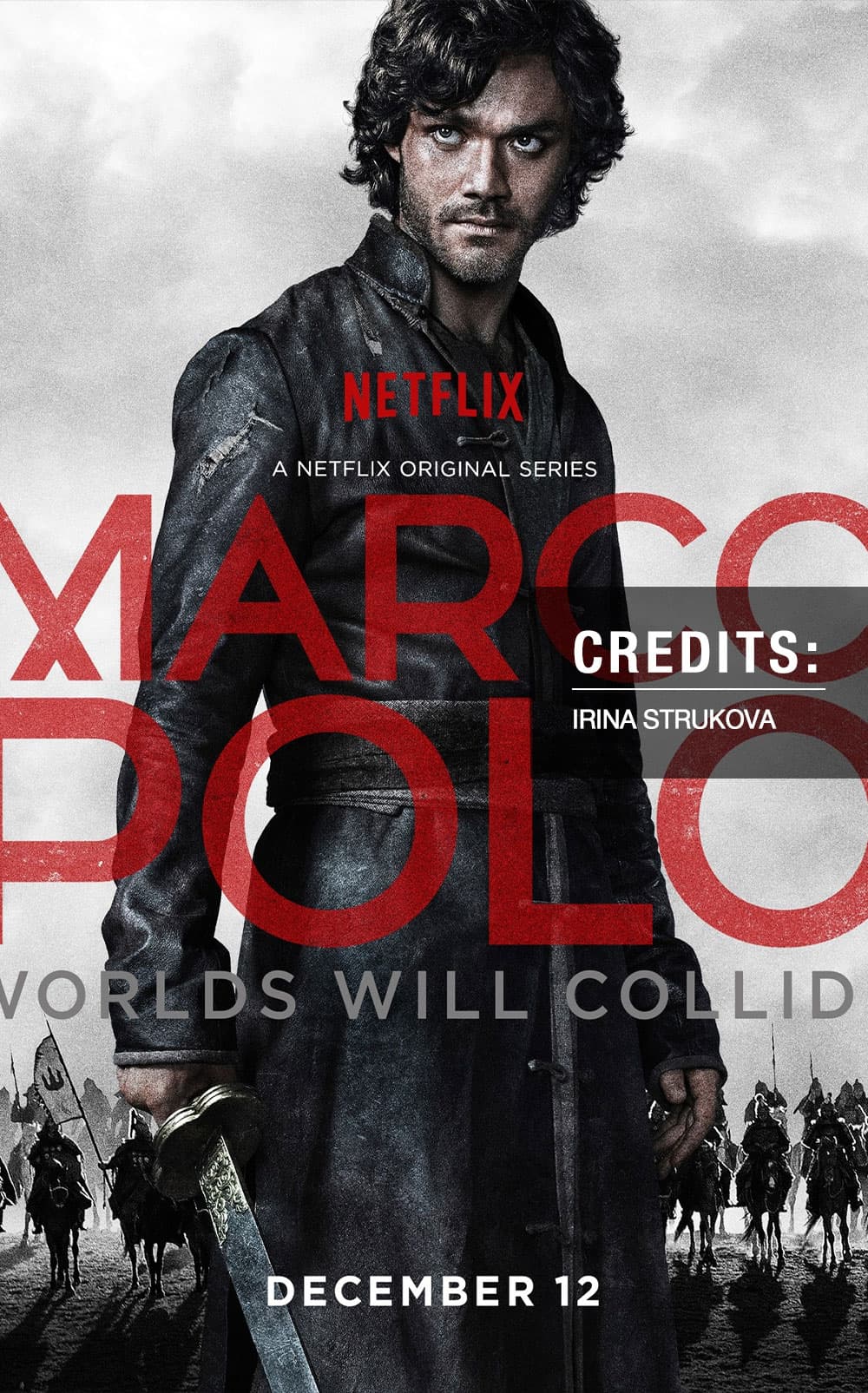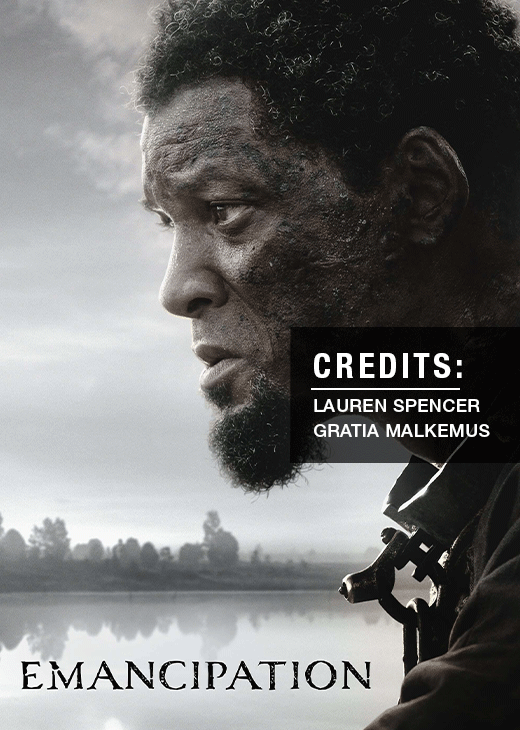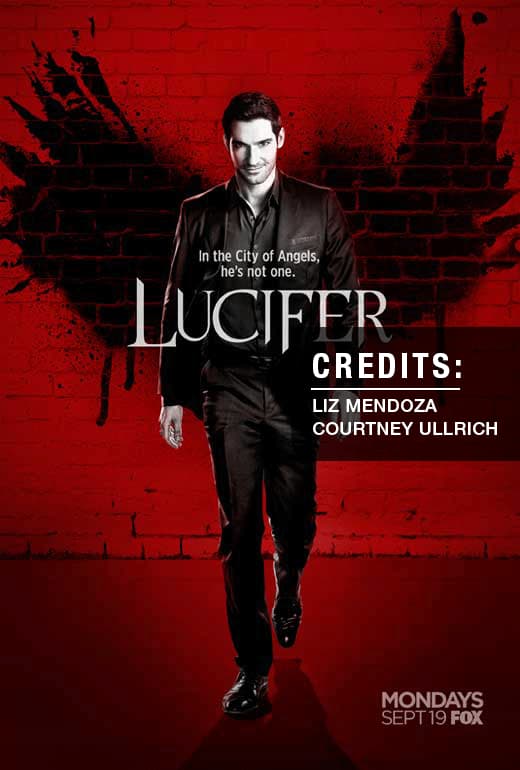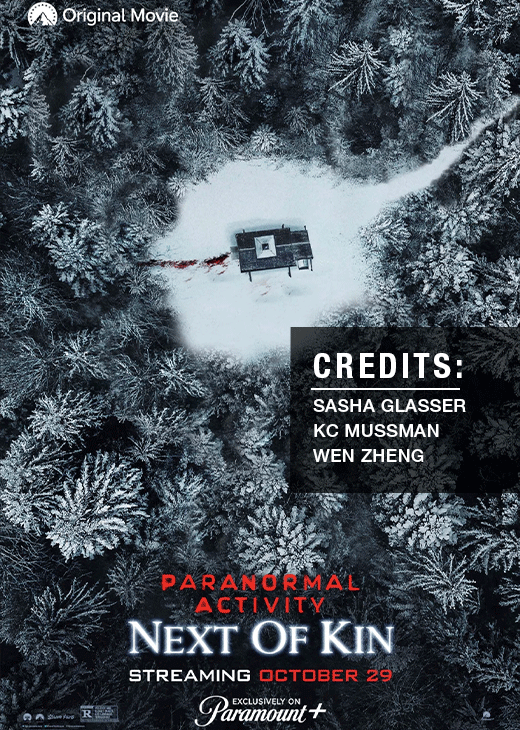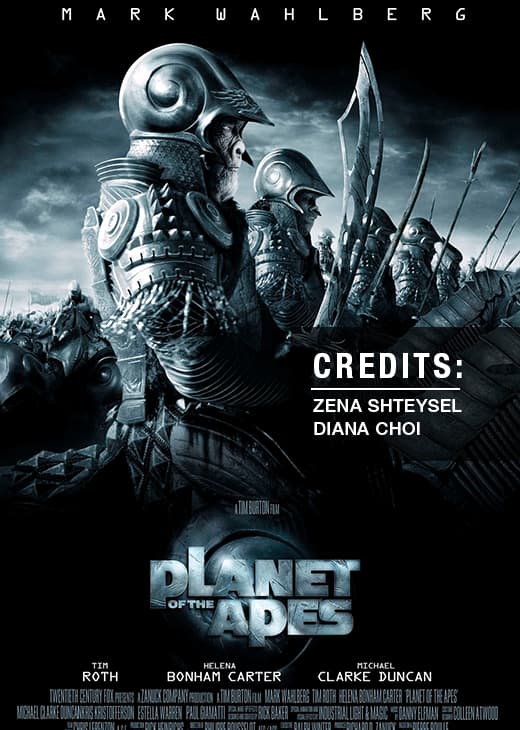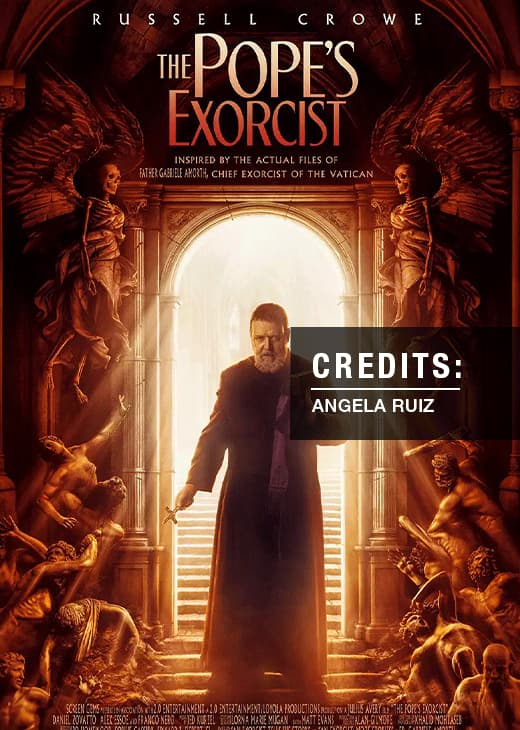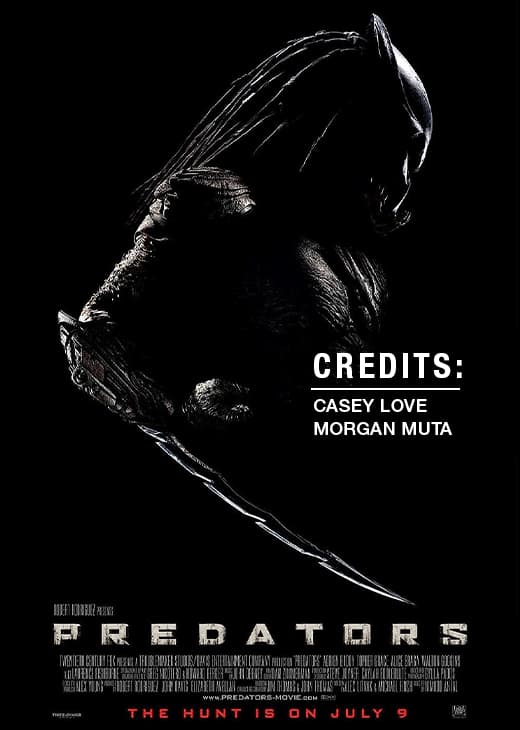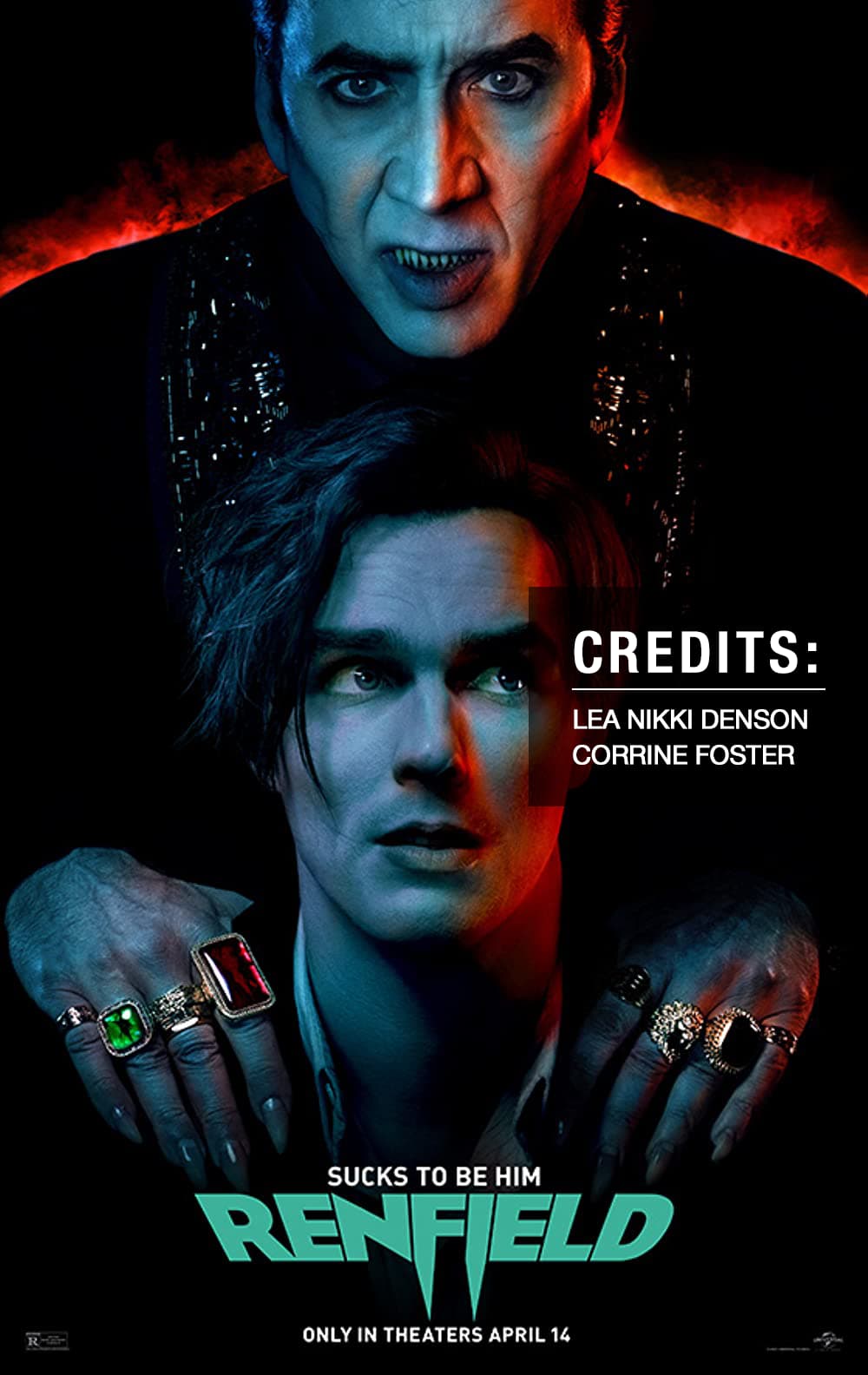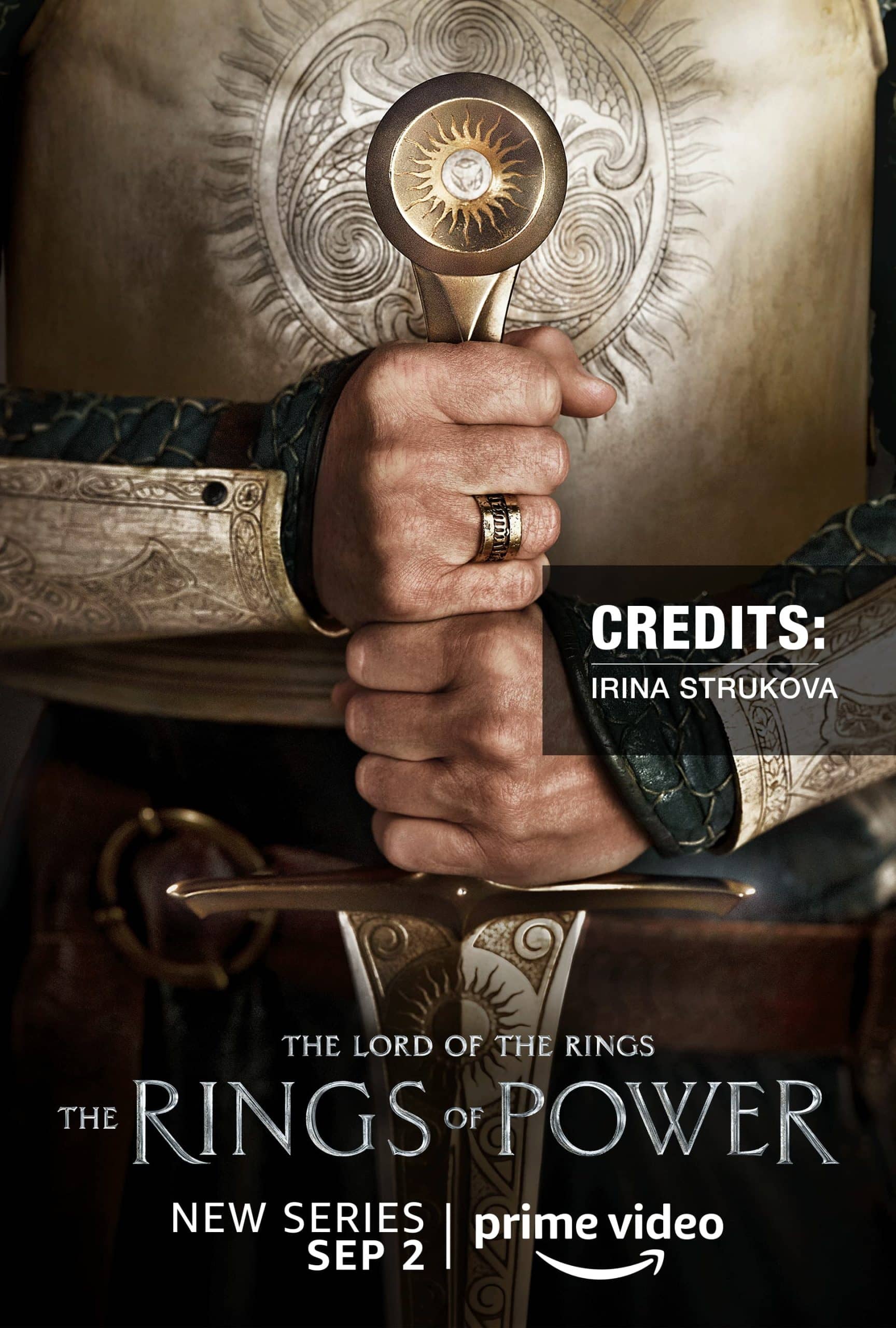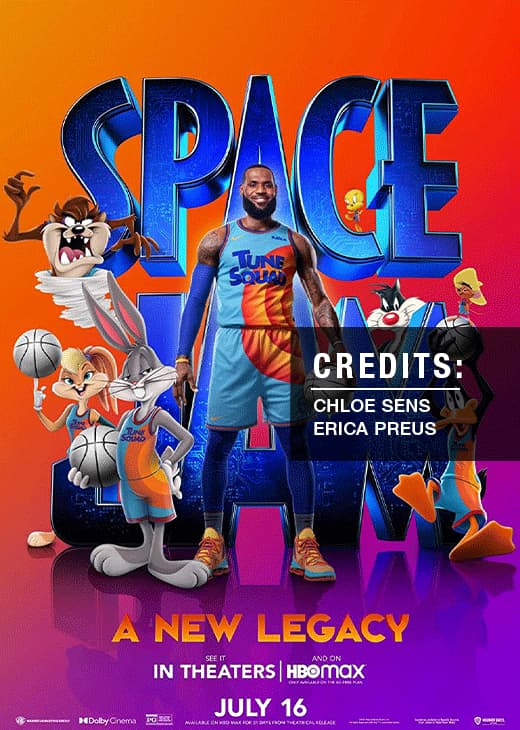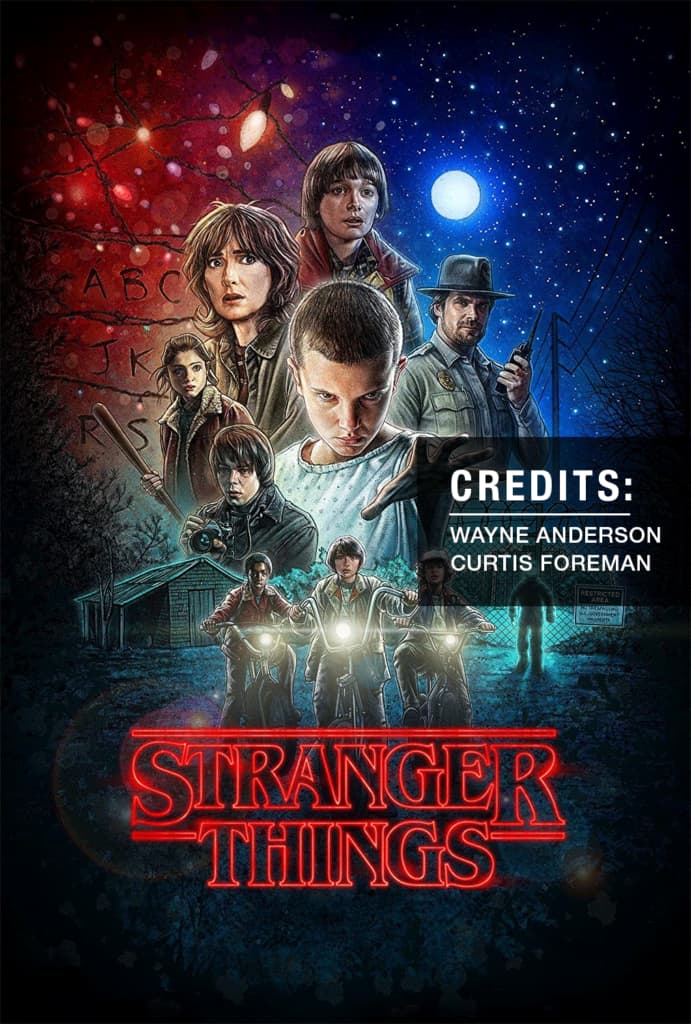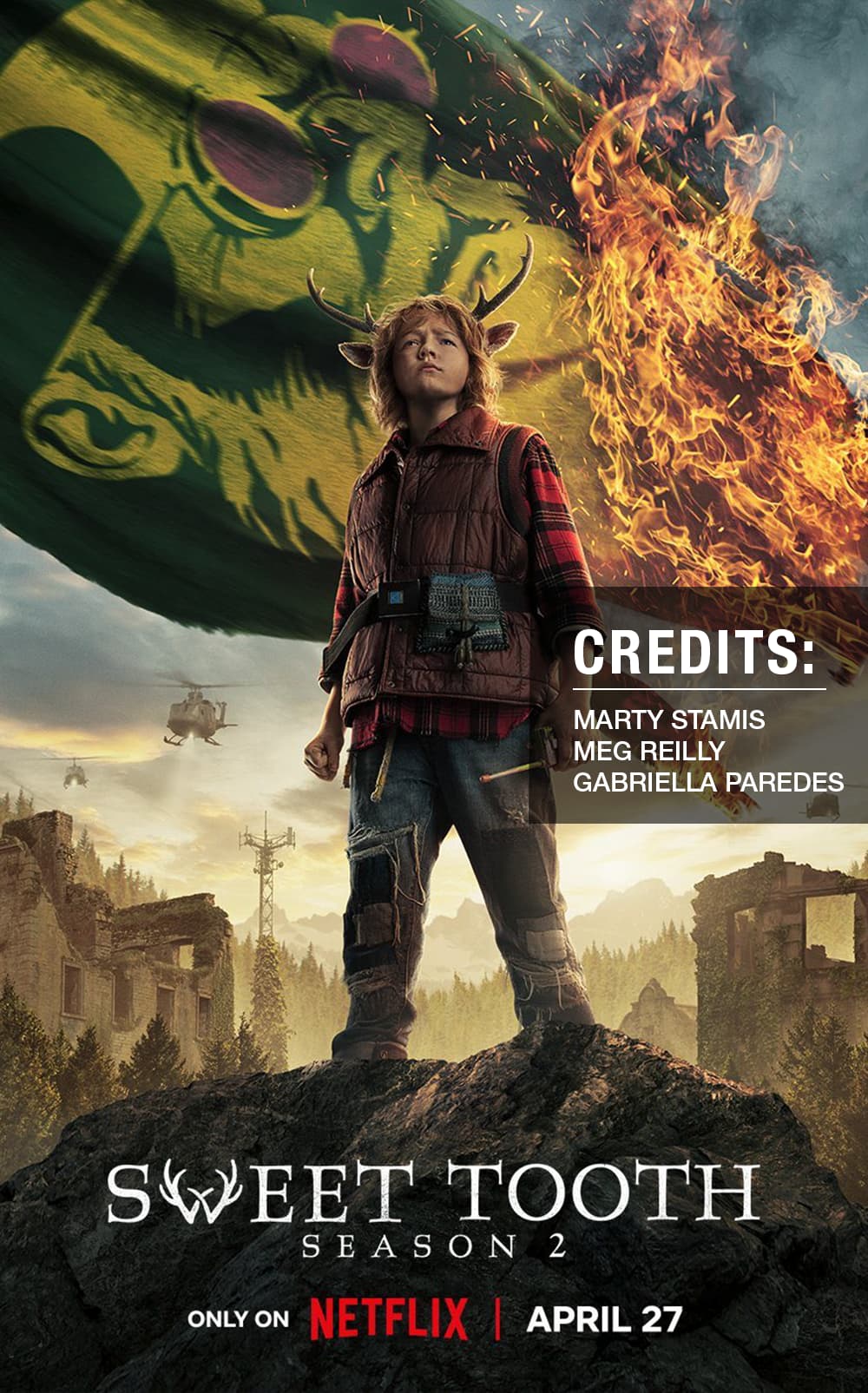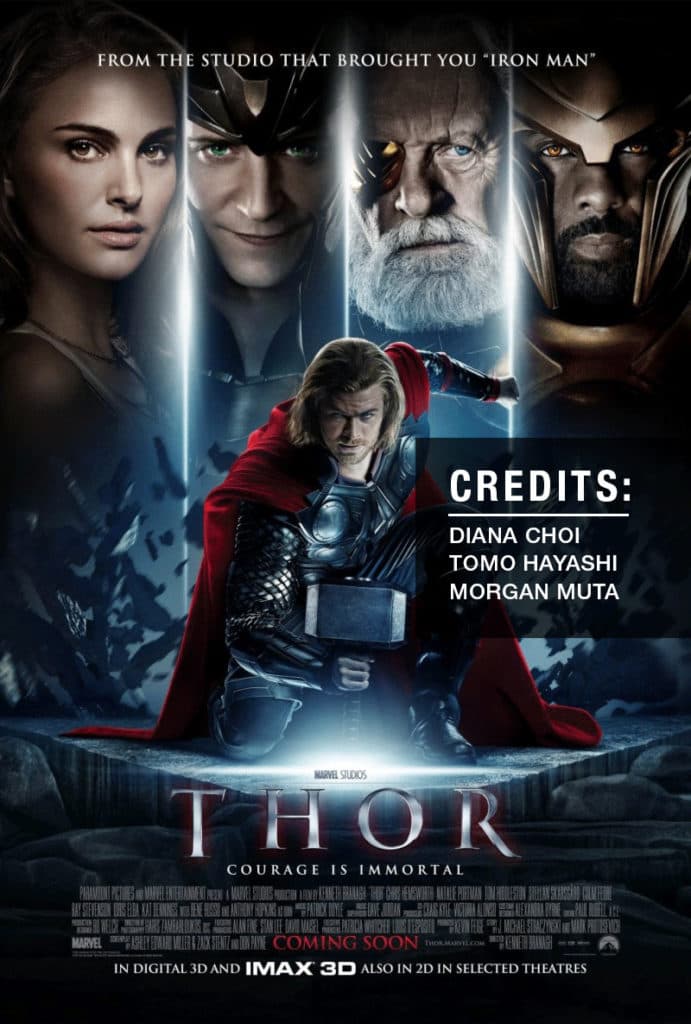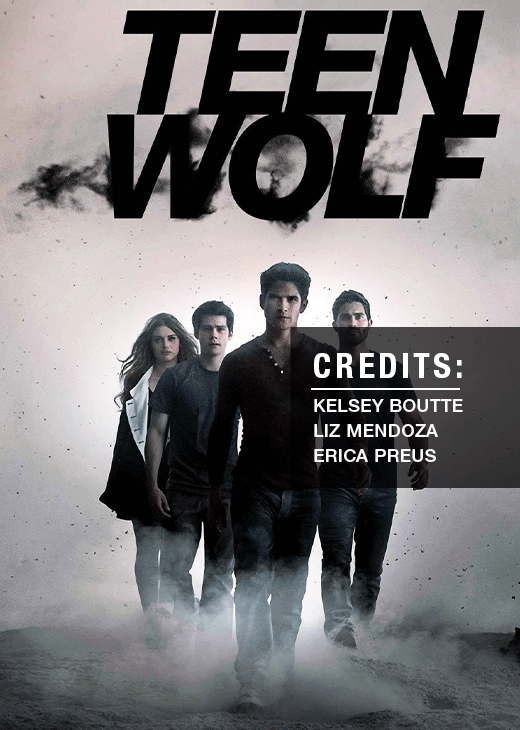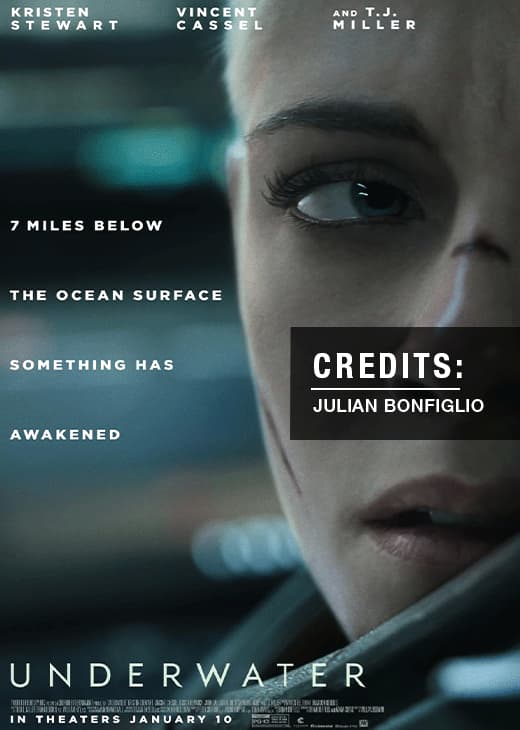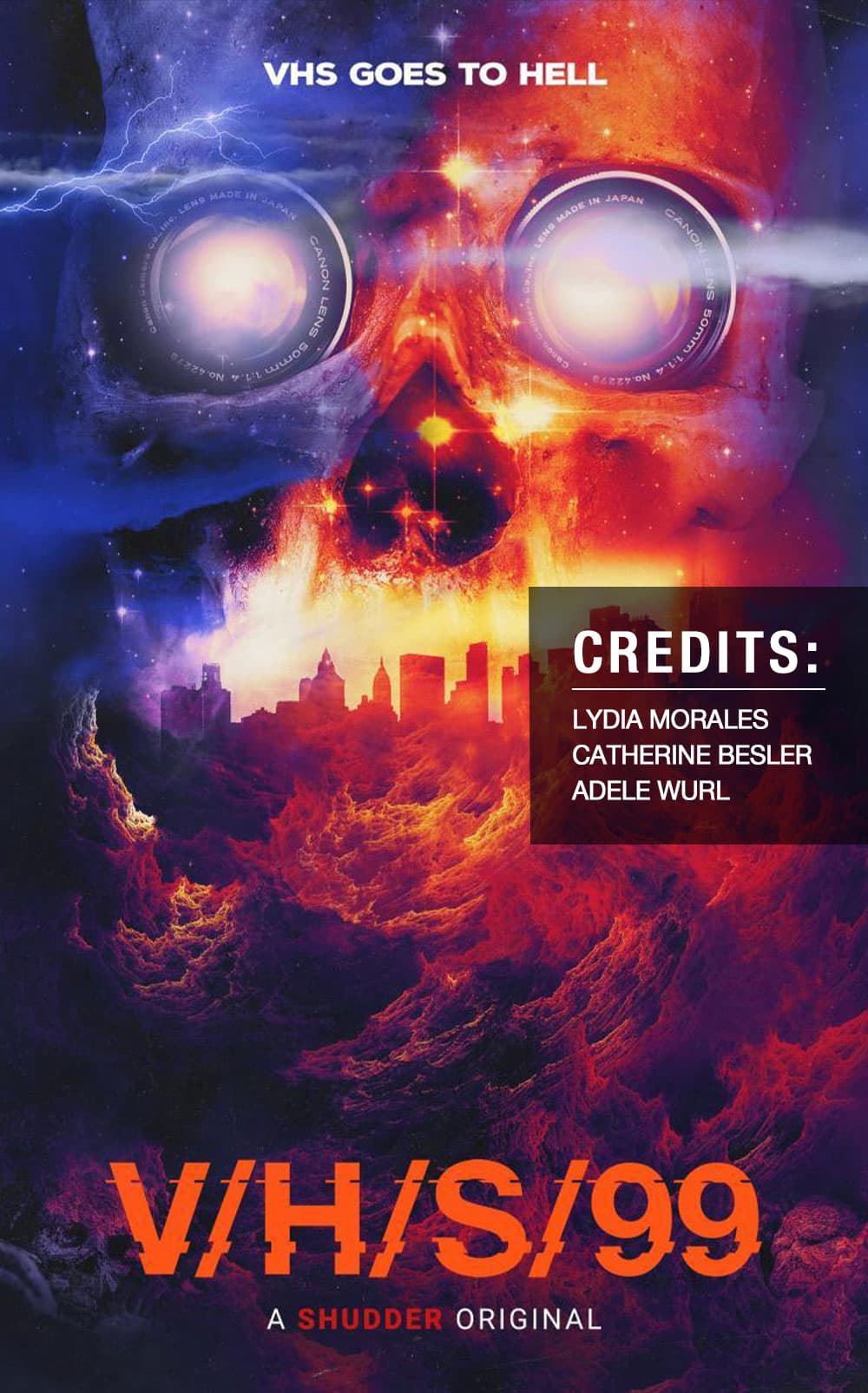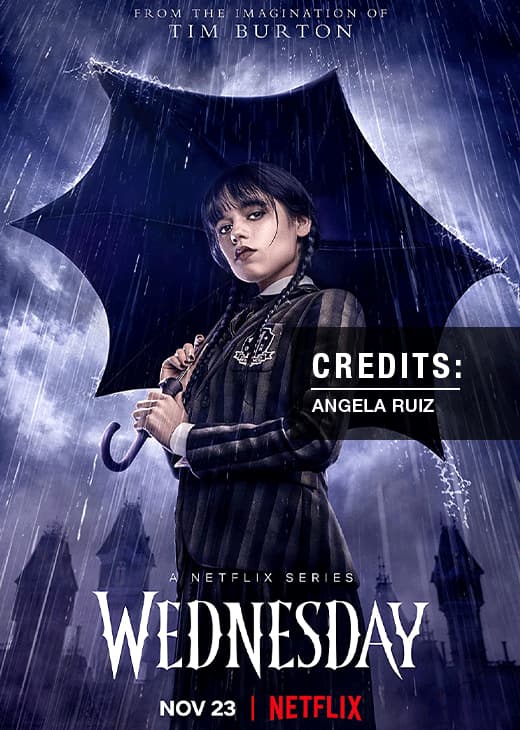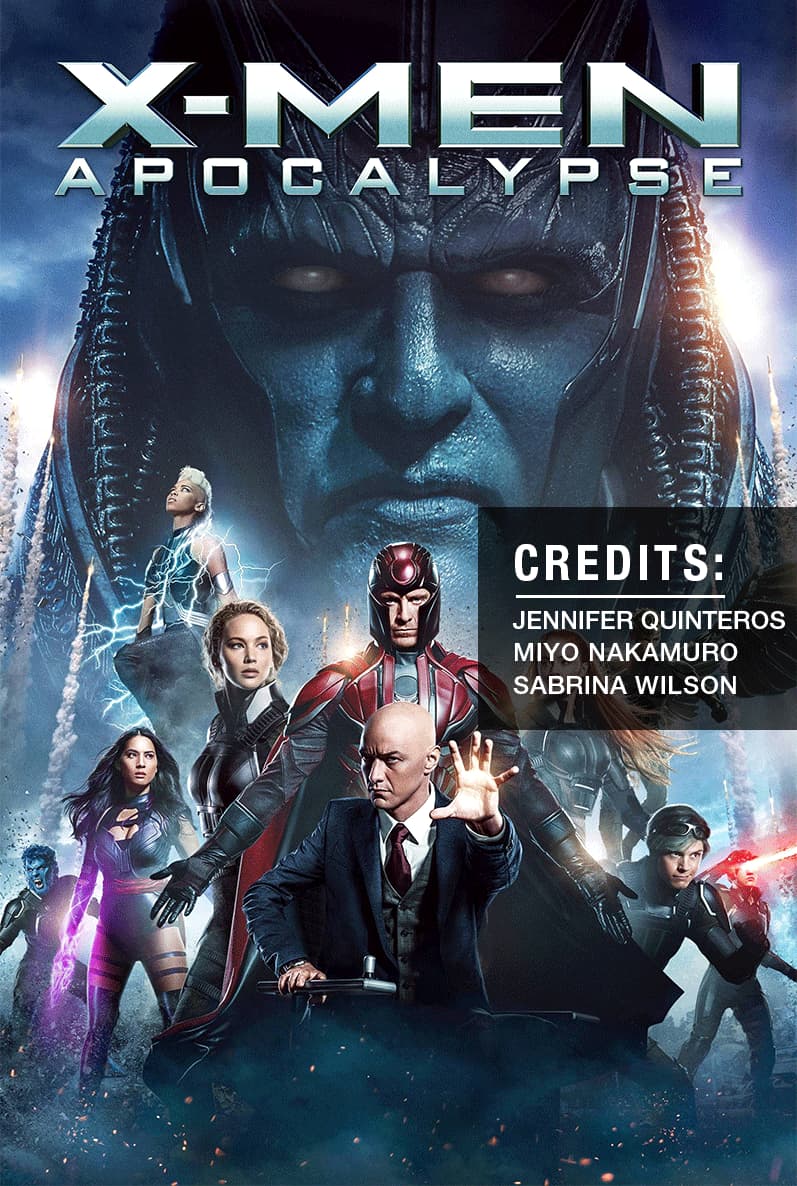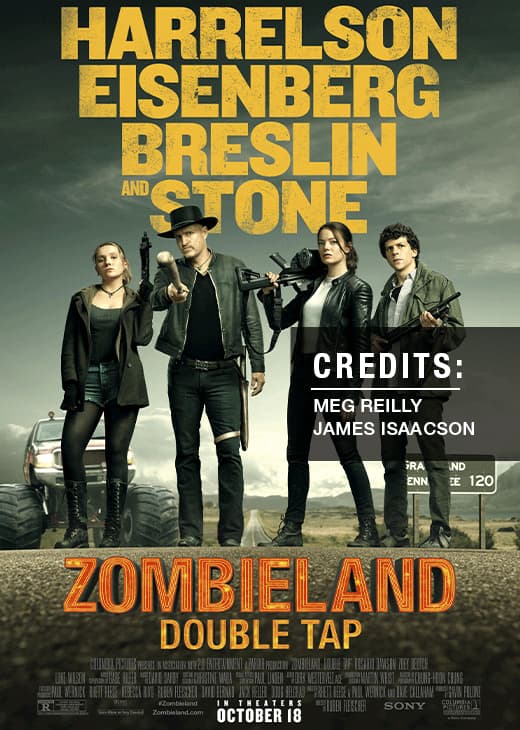When it comes to creature design, some of the most memorable monsters, aliens and fantasy beings don’t just appear out of thin air – they’re the product of artistic imagination, rooted in a strong understanding of concept art and color theory. Whether you’re sketching your first design or refining details for the big screen, mastering these foundations can turn an average drawing into a fully realized creature that feels alive.
In this blog, we’ll break down how concept and color theory can transform your creative process, provide practical creature design ideas and explain why anatomy and visual storytelling are essential for designing creatures that stand the test of time.
Why Concept and Color Theory Matter in Creature Design?
Think about your favorite movie monster or video game beast. Chances are, the design wasn’t random. Every horn, scale and skin tone was carefully chosen to support the character’s story, environment and emotional impact.
- Concept Art as the Blueprint – Concept art is where the creature first takes shape. It’s the stage where artists test anatomy, posture and exaggerated features to communicate personality. Without strong concept work, your design risks looking flat or generic.
- Color Theory as Emotional Language – Colors shape how audiences feel about your creature. Red might suggest danger or aggression, while muted blues and greys can make a monster look ancient or mysterious. By controlling color choices, you control how your creature communicates before it even moves.
Together, these two pillars form the science of creature design, allowing artists to create believable hybrids of imagination and biology.
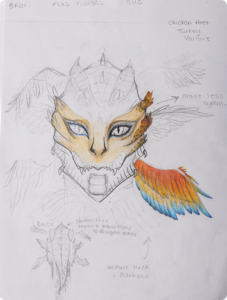
Science of Creature Design: Understanding Animal Anatomy
Before diving into color palettes and mood boards, creature designers often start with real-world references. Anatomy plays a crucial role because, even when you’re inventing something fantastical, the audience must believe the creature could exist.
Animal Hybrids: Many iconic monsters borrow anatomy from multiple species. A dragon, for example, may combine the wings of a bat, the scales of a reptile and the muscular build of a lion.
Functionality Matters: Adding extra limbs or jaws might look interesting on paper, but asking “how would this creature walk, breathe, or eat?” keeps the design grounded.
Dynamic Posing: Studying how animals move in the wild can help you sketch natural, powerful stances that bring your creature to life.
For those new to the process, many artists rely on a creature design book or visual anatomy guides to practice breaking down real-world forms before blending them into something new.
Take a behind-the-scenes look at how our students bring creatures to life:
Level Up Your Creature Design Skills with Cinema Makeup School
Now that we have learned why concept, color theory and anatomy matter for designing creatures. But where do you master these skills from? Cinema Makeup School is your go-to.
Located in Los Angeles, California, USA, we offer special effects makeup courses in different niches like prosthetic design, character design, creature design and more. The topic we are focusing on here is designing creatures through Concept and Color Theory.
This one-week, 35-hour intensive program dives deep into the foundations of creature creation. You’ll start by mastering the core principles of anatomy and color theory, then move into sketching expressions, adding monstrous details, experimenting with custom palettes and practicing painting methods that bring your designs to life.
The best part? No prerequisites are required. Whether you’re a complete beginner with a passion for creatures or an advanced student looking to refine your craft, this course is open to all.
Course Fee: $1,000 total ($850 tuition + $150 materials).
Location: Cinema Makeup School, Los Angeles, California.
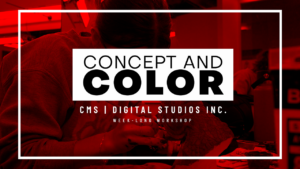
Skills You Will Learn in Our Concept & Color Course:
By the end of the training, you’ll have a clear understanding of how to transform raw ideas into fully developed, visually striking creatures. Key skills include:
1. You’ll Learn Anatomy and Structure for Creature Design
You will learn to build a believable base by understanding skeletal and muscular forms, even when creating fantastical beings.
2. Master Color Theory for Storytelling
Once the anatomy and structure of your creature are established, color becomes the most powerful storytelling tool in your design arsenal. Audiences respond to color on a subconscious level and the right palette can instantly communicate danger, mystery, beauty, or otherworldliness without a single word spoken.
- Hue & Emotion: Warm hues, like reds, oranges and yellows, instantly suggest energy, danger and vitality. Think of fiery demons or molten monsters that radiate heat. On the other hand, cool hues – blues, greens and purples – evoke calm, mystery, or an unsettling chill, perfect for designing deep-sea predators or spectral beings.
- Value & Contrast: A creature’s lightness or darkness affects how audiences perceive it. A dark, low-contrast palette makes a beast feel stealthy and predatory, lurking in the shadows. Meanwhile, a bright, high-contrast scheme can create a bold, striking figure where focal points – like glowing eyes, bioluminescent markings, or razor-sharp claws – pop dramatically on screen.
- Environment-Based Palettes: Successful creature designs often reflect their habitat. A desert predator may blend with sandy browns and ochres, while a swamp dweller thrives in murky greens and earthy tones.
For aquatic or alien beings, shimmering iridescent blues, silvers, or greens tie them visually to water or otherworldly atmospheres. By connecting palette to environment, you add a layer of believability that grounds even the most fantastical creations.
- Symbolism in Color: Different shades carry cultural and psychological meaning. Red often signals blood, rage, or primal aggression. Green can represent toxicity, decay, or alien biology. Black is the language of death, power, or evil. Using symbolic cues not only makes your creature visually striking but also taps into deep-rooted audience associations.
When you master these relationships, you’re not just “painting a monster”- you’re building emotional impact through color. A creature’s palette can make audiences recoil in fear, marvel at its beauty, or feel uneasy without ever fully knowing why. That’s the silent power of color theory in creature design.
3. Concept Art Detailing and Development
This stage focuses on capturing a wide range of expressions, manipulating proportions to achieve exaggerated or realistic forms and integrating distinct features, such as bone ridges, fangs, or scales, into final concept designs.
4. Boost Your Skills in Paint Application
Here, the emphasis is on bringing sketches and models to life with color. You’ll practice layering paint to build depth, blending tones for smooth transitions and mixing custom shades that mimic lifelike skin, scales, or fantasy textures. The result is artwork that feels three-dimensional and production-ready.
Worth Reading These Blogs:
What Kind of Clay Is Best for SFX Sculpting?
How Much Do Special Effects Makeup Artists Make? A 2025 Insight
Online vs In-Person SFX Makeup Course
Creature Design Ideas You Can Experiment With
When ideas don’t come easily, exploring themed approaches can help unlock your creativity. Here are a few directions worth trying:
- Elemental Beings
Imagine a creature born of fire, water, earth, or air. A fire entity might have molten cracks glowing beneath its skin, while an ice creature could appear crystalline, with shards jutting out like armor. - Flora-Fauna Hybrids
Combine plant life with animal forms to produce unique silhouettes. Picture a wolf with moss growing along its back, or a stag whose antlers twist into flowering vines. - Otherworldly Aliens
Study the anatomy of insects or deep-sea creatures and push it into the unfamiliar. Translucent wings, oversized eyes, or segmented exoskeletons can give your designs a convincing alien quality. - Modern Mythology
Take a well-known folklore monster and reimagine it for today’s audience. A siren could have bioluminescent patterns for deep-sea camouflage, while a dragon might evolve scales that resemble modern body armor.
Start each concept by sketching loose shapes to explore silhouettes, then experiment with color variations. Over time, one version will emerge as the most compelling path forward.
Ready to bring your creative visions to life? Book a tour of our campus and experience how we turn imagination into reality

